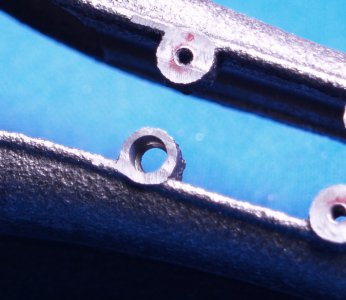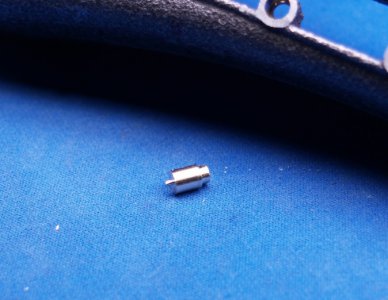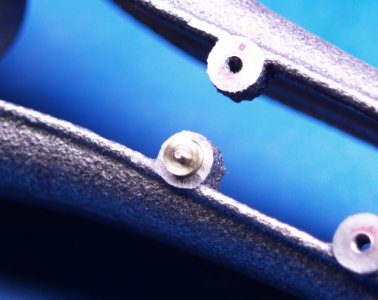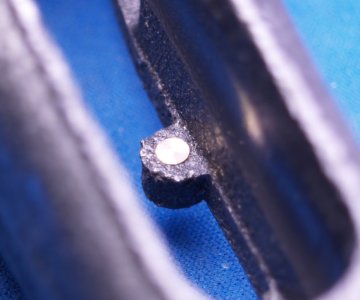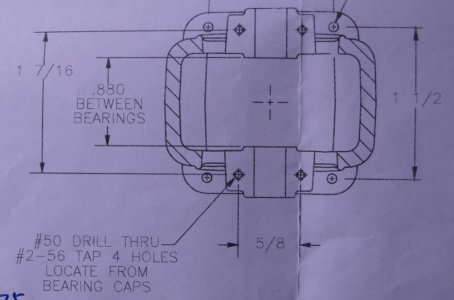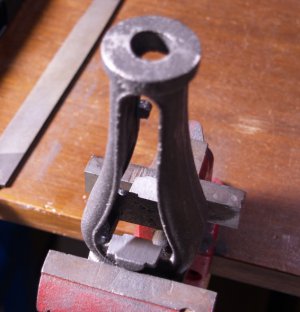- Joined
- Feb 15, 2020
- Messages
- 399
Thanks for the posts. I am finishing up a Stuart 10v. Have to complete the connecting rods for the piston and valve gear and I should be done. Used my Dad's 1940's vintage Atlas 618 lathe and a LMS mini mill. Of course I made a lot of the components numerous times to correct my mistakes. Have a PM 1127 lathe and 932 mill showing up soon for my next projects.
I'll probably do the connecting rod last. I've enjoyed this build until today anyway.
Still working on the frame, drilled the holes for the valve slide bearings.
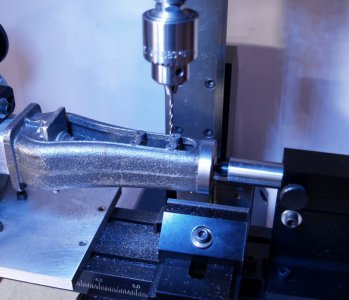
Then disaster struck!
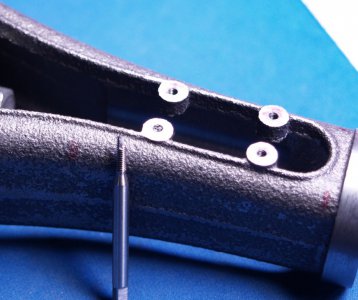
It was going the same as the other three holes then SNAP! I should have seen this coming. It trashed the drill making that hole too.
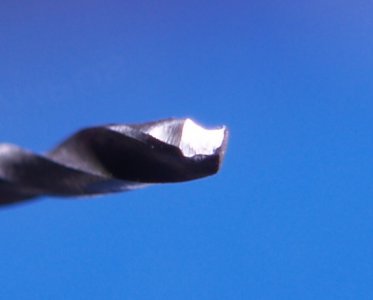
I obviously did something wrong. I was using cutting oil and constantly backing out to clear the chips. Do I need a new tap for every hole?
Now what? Fire? Explosives? Acid?
Note: After doing some research on casting, I believe these mounting bosses were all "hot spots" or areas that cooled too fast making them harder than the surrounding metal. When I was trying to tap these holes I needed a tap handle and considerable torque to do the work. That's probably why the tap broke. When I tapped the holes for mounting the cylinder at the top of the same casting I was able to use a pin vise, so that area was obviously softer.
Eric
Last edited:

